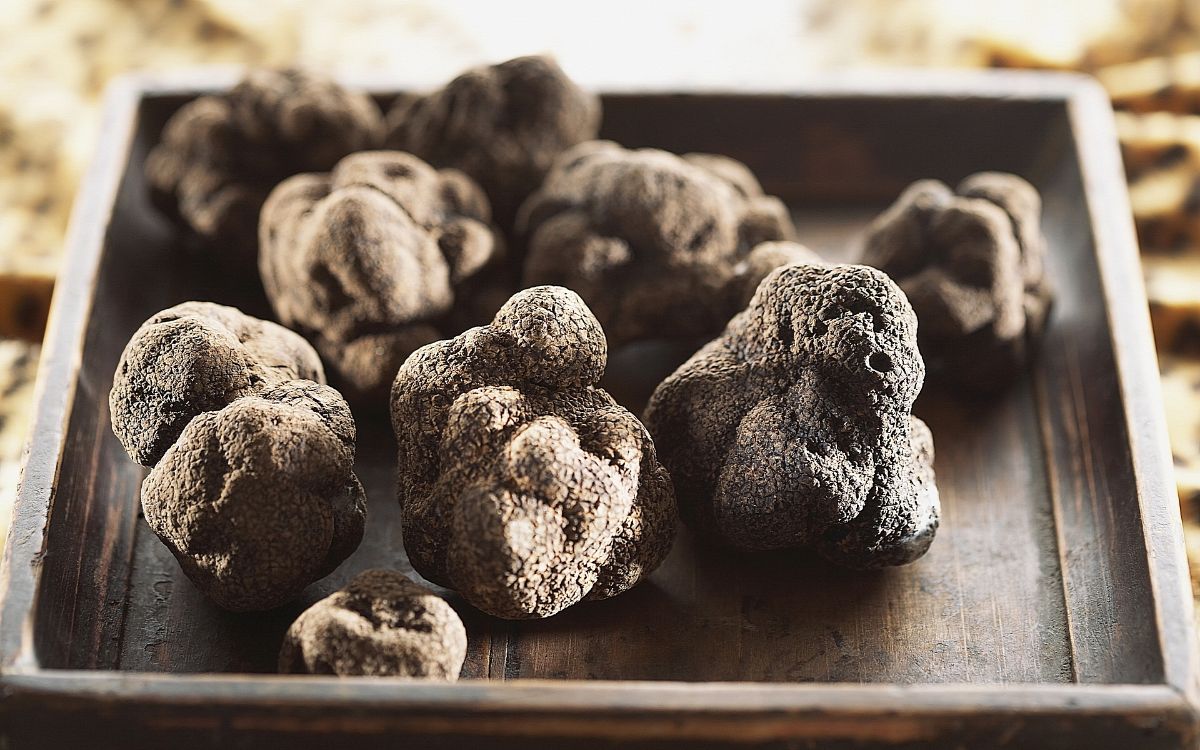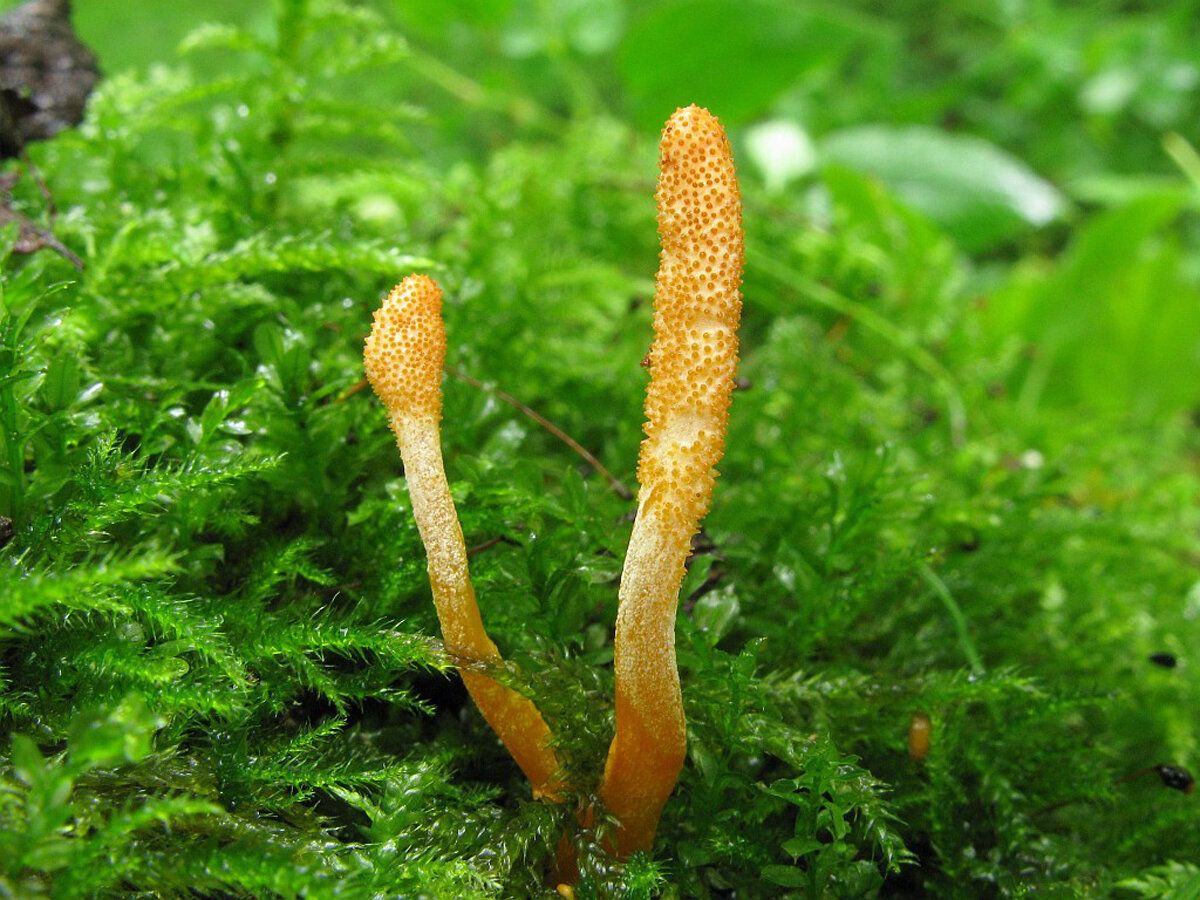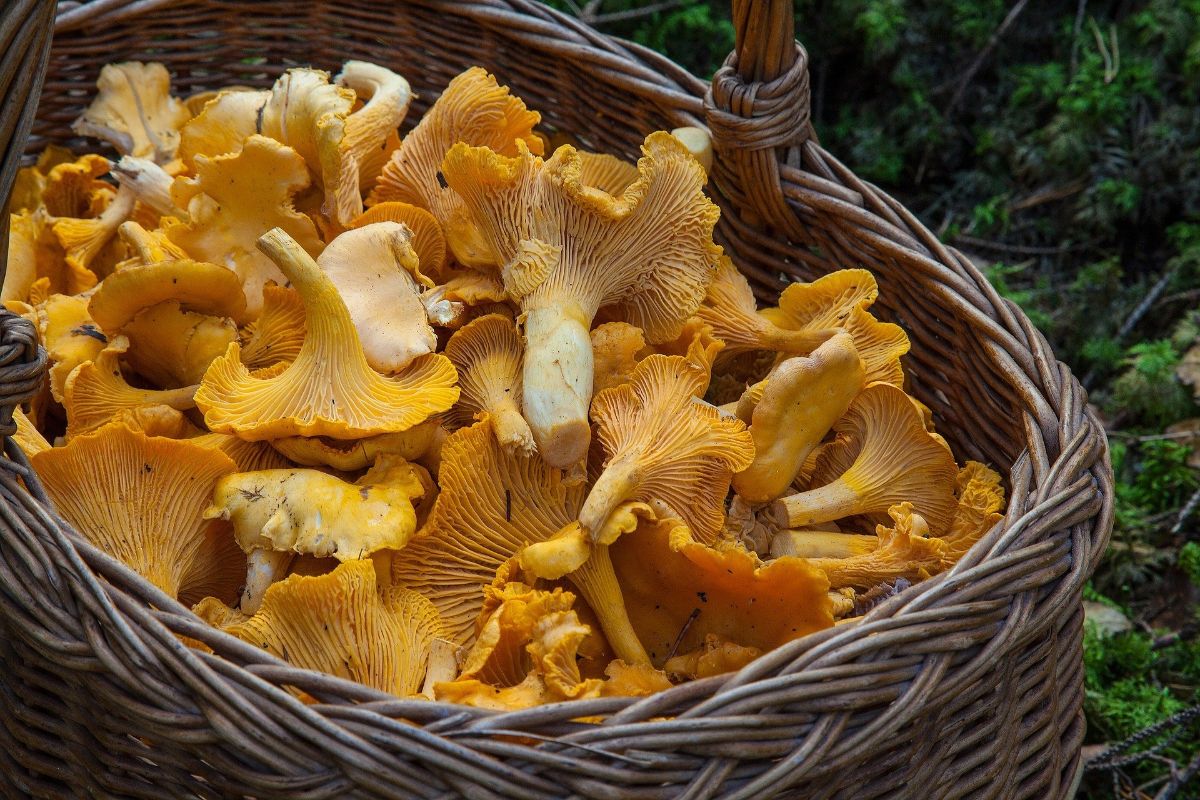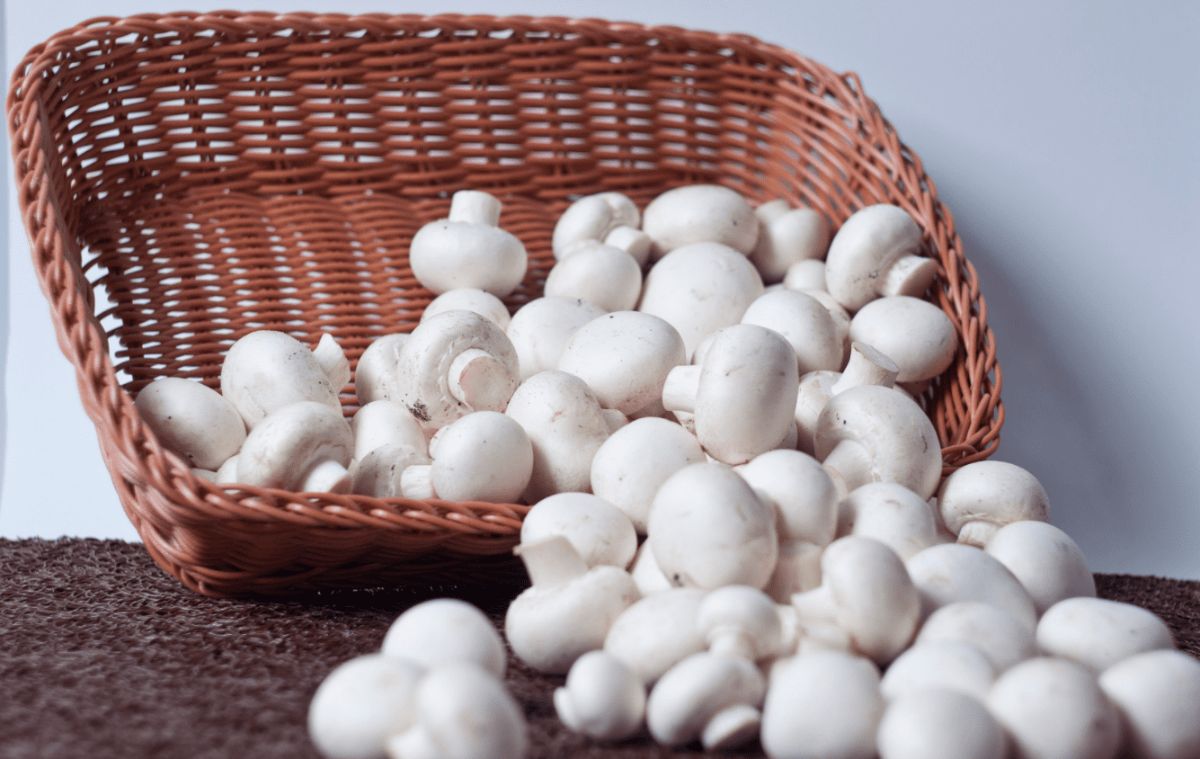The benefits and harms of maitake mushrooms — 5 proven properties
Maitake is a rather rare edible mushroom listed in the Red Book. It grows wild in parts of Japan, China and North America. It can be found at the bases of oak, elm and maple.
The exquisite taste and aroma allows you to use the mushroom in cooking. But due to its beneficial properties, maitake is more used as a medicine.
What kind of mushroom is this?
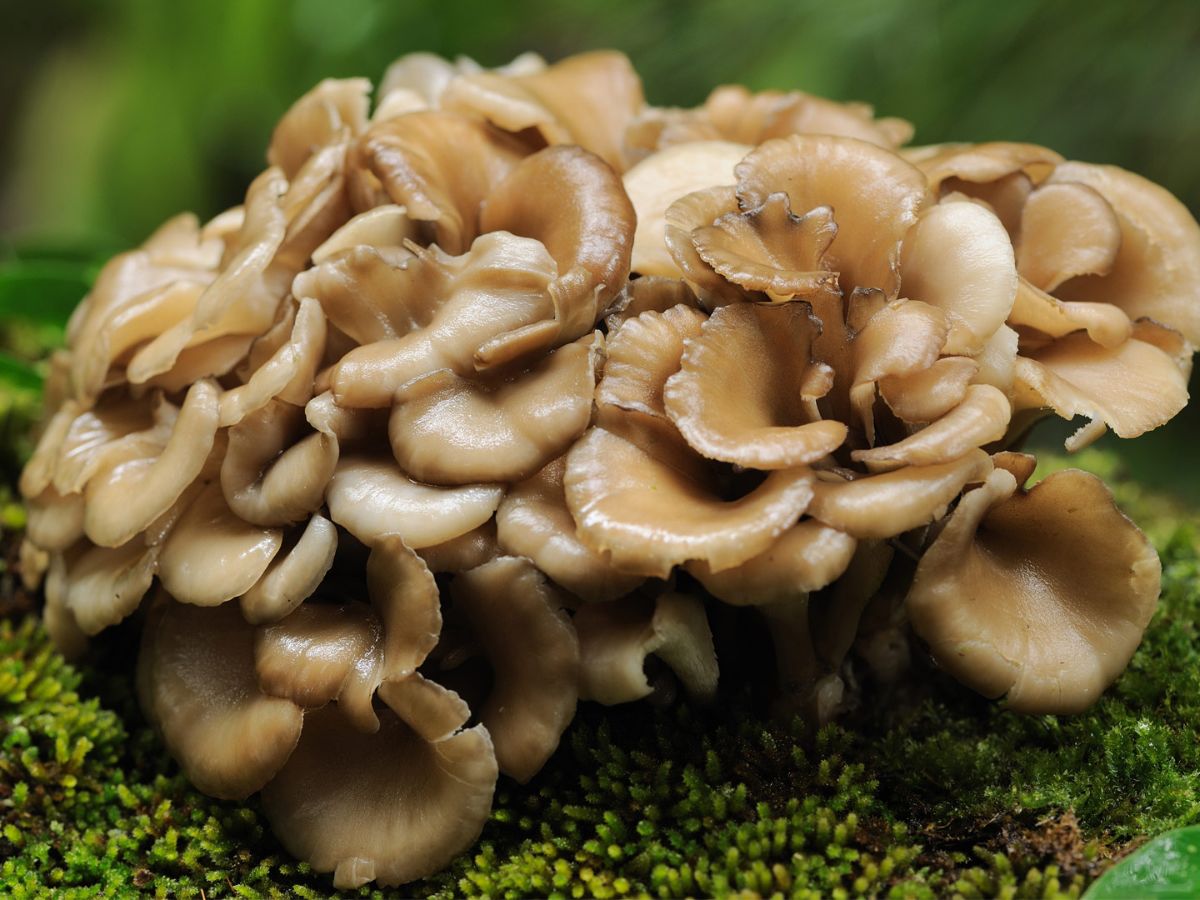
Maitake is an edible mushroom that grows in deciduous forests. It can be found near oaks, elms and maples, and in southern latitudes – at the base of chestnuts or beeches.
The mushroom is also known by several other names: ram mushroom, meitake, dancing mushroom and curly gryphola.
Maitake is a pretty versatile mushroom. It is subject to almost any type of culinary processing and goes well with a variety of dishes.
Its components are widely used not only in folk remedies, but also in the food and medical industries. Extracts and tinctures based on curly gryphola are produced for the treatment of cardiovascular and endocrine diseases, as well as for pain relief.
Maitake is rich in vitamins (C, PP, group B), minerals (selenium, magnesium, manganese, potassium, copper), dietary fiber (in particular, beta-glucans) and antioxidant substances.
Currently, the medicinal properties of the mushroom have been widely studied only in rats. Human trials are not enough.
5 useful properties
Below are 5 theses on the benefits of maitake (based on the evidence base).
1. Prevents the appearance of cancer
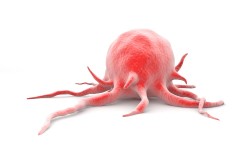 The mushroom contains a special polysaccharide, the D-fraction. This substance has the ability to inhibit the growth and reproduction of malignant cells, as well as cause their accelerated death.
The mushroom contains a special polysaccharide, the D-fraction. This substance has the ability to inhibit the growth and reproduction of malignant cells, as well as cause their accelerated death.
Systematic use of maitake against the background of the course of malignant processes reduces the infiltration of the tumor into healthy tissues and prevents the appearance of distant metastases.
Proven high efficacy of curly gryphola for the treatment and prevention of breast cancer in women.
Japanese experts, based on data from experiments on mice, claim that maitake can become an effective means to combat malignant neoplasms in humans. The fungus increases the activity of antitumor immunity, as a result, the body independently recognizes and destroys cancerous tissues.
The mushroom is recommended to be included in the diet of people with cancer, as well as those predisposed to it.
2. Reduces cholesterol levels
 Discovered
that maitake extract (in powder form) reduces the concentration of total cholesterol in the blood of mice. There was also a decrease in one of the "harmful" fractions of cholesterol – triglycerides.
Discovered
that maitake extract (in powder form) reduces the concentration of total cholesterol in the blood of mice. There was also a decrease in one of the "harmful" fractions of cholesterol – triglycerides.
The positive effect is based on the ability of the fungus to inhibit the synthesis of cholesterol from fatty acids in liver cells. No effects on other lipid metabolism pathways were found.
Maitake can be used among people with and predisposed to cardiovascular diseases.
Mushroom reduces the risk of formation atherosclerotic plaques on the walls of arteries and, as a result, the development of such pathologies: coronary heart disease, myocardial infarction, stroke, etc.
3. Reduces the risk of developing type II diabetes mellitus
 Taiwanese scientists discovered
the ability of maitake to reduce blood glucose levels in male and female rats, as well as to alleviate the course of diabetes mellitus.
Taiwanese scientists discovered
the ability of maitake to reduce blood glucose levels in male and female rats, as well as to alleviate the course of diabetes mellitus.
Mushroom, due to a number of complex mechanisms, increases the sensitivity of insulin receptors of peripheral tissues (fat and muscle) to insulin, which causes faster and more effective absorption of glucose by cells from the blood, where its concentration decreases.
Grifola curly can be used among people suffering from type II diabetes mellitus in order to prevent complications and reduce the dose of hypoglycemic medications.
4. Reduces pain and inflammation
 Curly Gryphola capable
Inhibit the activity of cyclooxygenase, which makes it possible to use it to alleviate diseases accompanied by pain and inflammation of tissues (for example, arthritis, osteochondrosis, etc.).
Curly Gryphola capable
Inhibit the activity of cyclooxygenase, which makes it possible to use it to alleviate diseases accompanied by pain and inflammation of tissues (for example, arthritis, osteochondrosis, etc.).
The effectiveness of the mushroom is comparable to such nonsteroidal analgesics as aspirin or ibuprofen.
Currently, American specialists spend research aimed at finding the mechanisms of the fungus's effect on inflamed tissues for the development of drugs based on it.
5. Reduces blood pressure
 American scientists have established
that maitake is able to lower blood pressure (mainly systolic) and can be used to alleviate the course of hypertension.
American scientists have established
that maitake is able to lower blood pressure (mainly systolic) and can be used to alleviate the course of hypertension.
Experts also suggest the high effectiveness of the fungus in preventing the development of hypertension.
The therapeutic effect is multifactorial and is realized due to the following mechanisms:
- Decrease in the activity of the renin-angiotensin-aldosterone system;
- Suppression of chronic inflammation;
- Inhibition of insulin resistance.
Pharmacological enterprises even produce antihypertensive drugs, which contain maitake extract, but as an additional component. The appointment of such drugs enhances the antihypertensive effect.
Potential harm
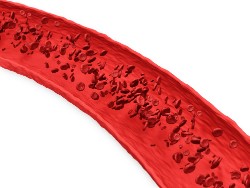 It is impossible to say for sure about the presence or absence of harm and side effects when using maitake, since there have been practically no clinical studies of the mushroom's activity in humans.
It is impossible to say for sure about the presence or absence of harm and side effects when using maitake, since there have been practically no clinical studies of the mushroom's activity in humans.
Presumably, the mushroom may have the following undesirable properties:
- Decrease in the "viscosity" of blood. Due to this property, the mushroom is contraindicated when taking drugs that affect the coagulation and aggregation properties of blood.
- Dyspeptic disorders. Excessive consumption of any mushrooms can lead to problems from the gastrointestinal tract such as diarrhea or constipation, bloating, nausea, spastic pain in the right and left iliac regions.
- Allergic reactions. Are extremely rare, the possibility of developing dyspeptic disorders and the appearance of skin rashes is described.
When taking medications to reduce blood pressure and blood sugar, it is necessary to consult a doctor before starting to use the mushroom.
Special care should also be taken when including maitake in the diet of pregnant women. The effect of the fungus on the fetus has not been studied.
Ways of using
Maitake is subject to any kind of culinary processing. The mushroom can be fried, stewed, boiled, pickled, baked in the oven. Salads, soups and snacks can be prepared on its basis.
The use of maitake for medical purposes is no less popular. There are a number of biologically active food additives, as well as medicines containing liquid or dry mushroom extract.
How to cook mushrooms
Consider a simple recipe for boiled maitake. It will be required:
- 350 grams of fresh mushrooms;
- 700-800 ml of water;
- To taste – salt, spices.
Cooking steps:
- Carefully select the mushrooms (darkened ones are not suitable).
- Rinse with cold water. Remove the skin.
- Split the hats in half, the legs can be left intact.
- Place the mushrooms in an enameled saucepan. Add water.
- Bring to a boil and cook over medium heat for 10 to 20 minutes. Foam should be removed every 5-10 minutes. 5 minutes before the end of cooking, add salt and spices.
- The boiled maitake is ready.
Conclusion
- Thus, maitake is a medicinal mushroom that has received recognition in folk and evidence–based medicine, as well as in the culinary field.
- It is rich in antioxidants, vitamins, minerals and other substances that contribute to the prevention of malignant tumors and type II diabetes mellitus, reduce blood cholesterol and blood pressure.
- The mushroom can also be used to relieve pain and reduce inflammation in various diseases.
